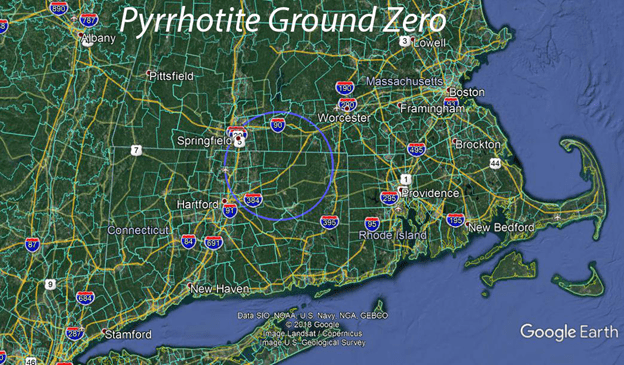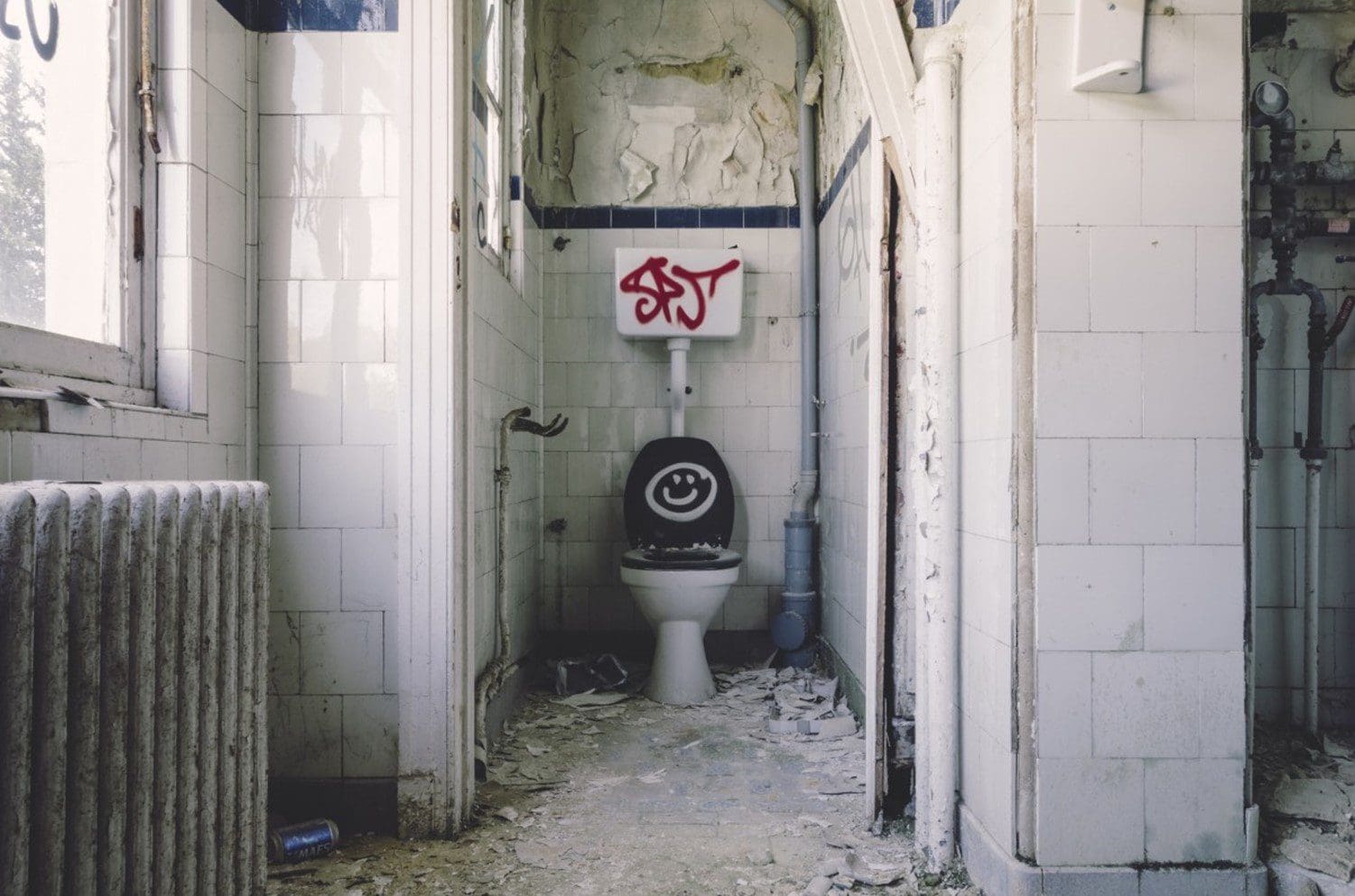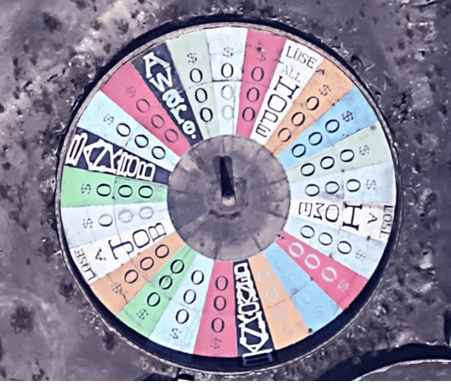Goldfish in a Concrete Aquarium
Most of my pre-law school building experience was in New England. Besides the ever changing weather, differing subsurface site conditions presented a variety of challenges. Ledge is commonplace but very hard to predict whether a nearby outcropping would interfere with excavation. Water well depth was typically difficult to predict even by drillers with local experience. And, most challenging was dealing with groundwater, especially flooded basements. Even with perc test holes, the distance from the septic field to the foundation increased the odds that the groundwater level in the excavation was different, or upon digging a spring was found. In Seattle, as a construction lawyer in the 1990s, I was called on frequently by owners to help diagnose and remedy wet or flooded foundations. One memorable project was a dream house being constructed by a tech millionaire. Soon after the foundation and then the slab were poured, the basement filled up with over a foot of water. The framers and follow on trades referred to it as a “pond” and started to buy and release gold fish. Funny, not funny to the owner. This particular project had multiple points of failure, mostly within the control of the contractor. Like actor Jim …








